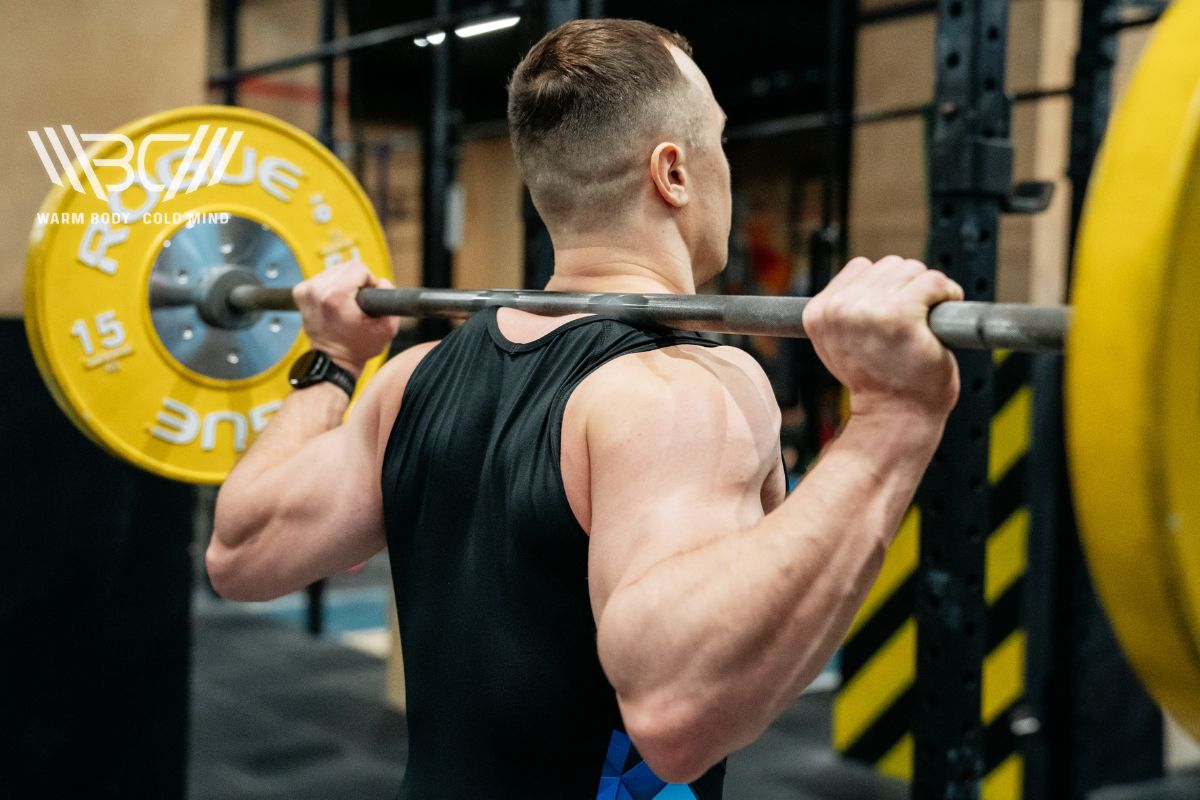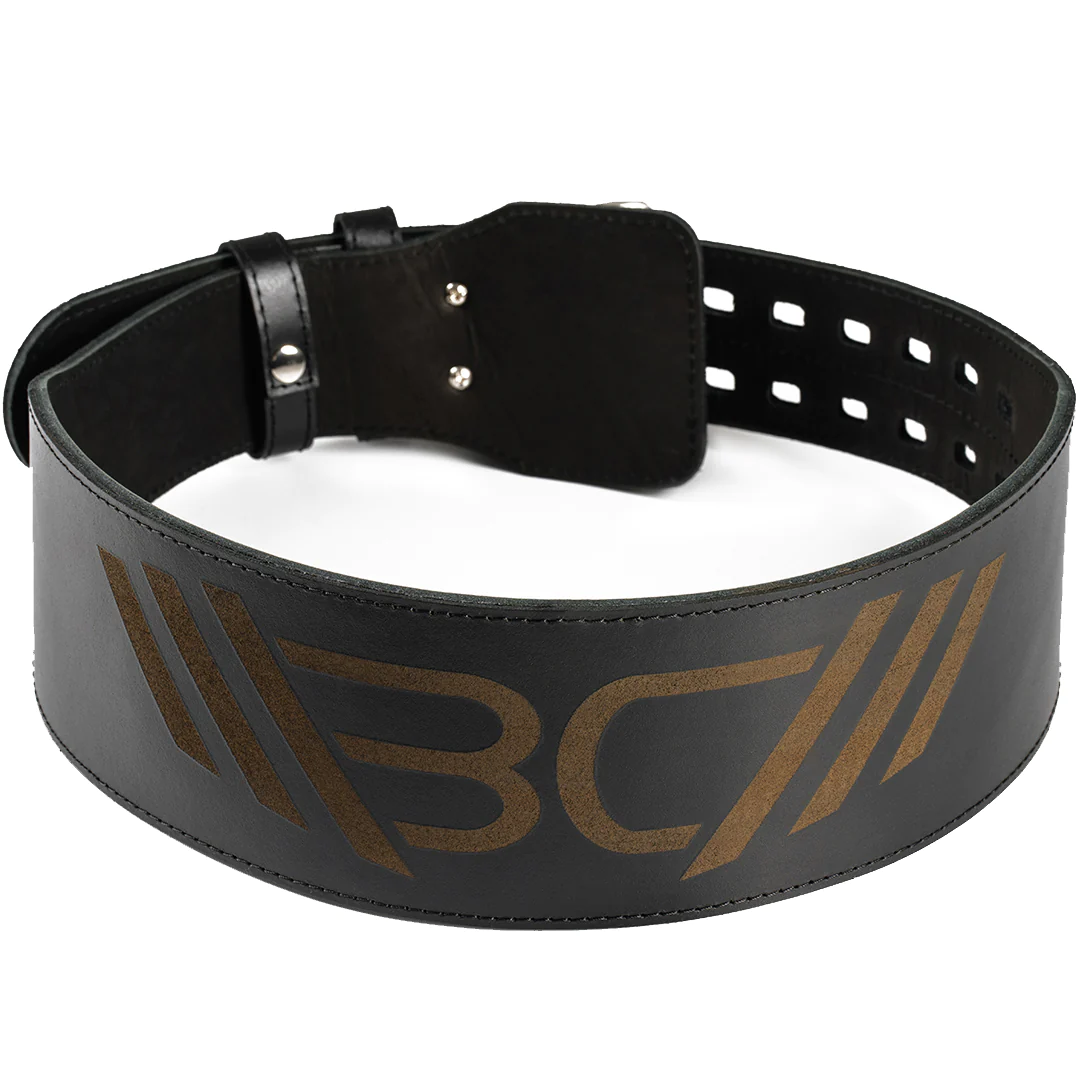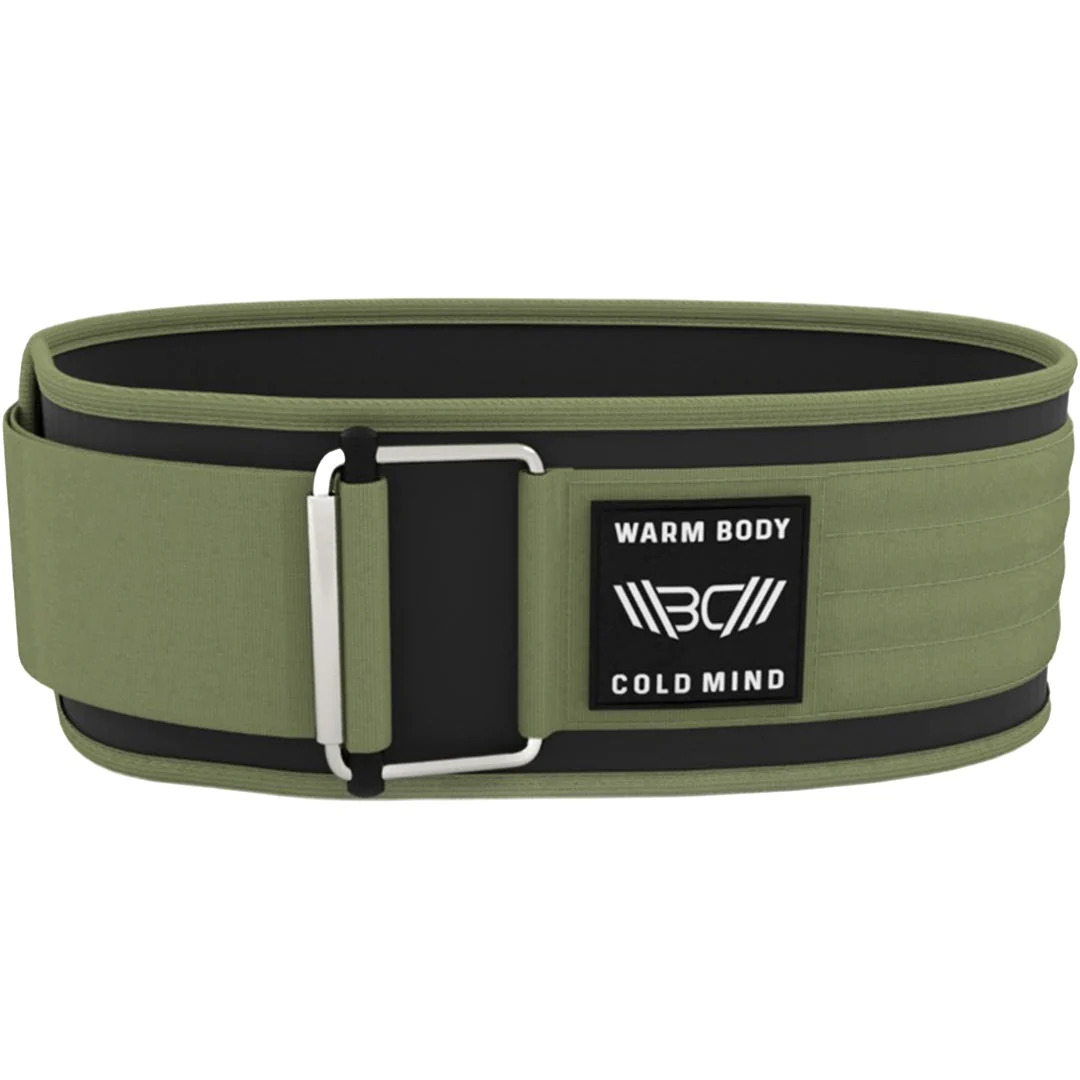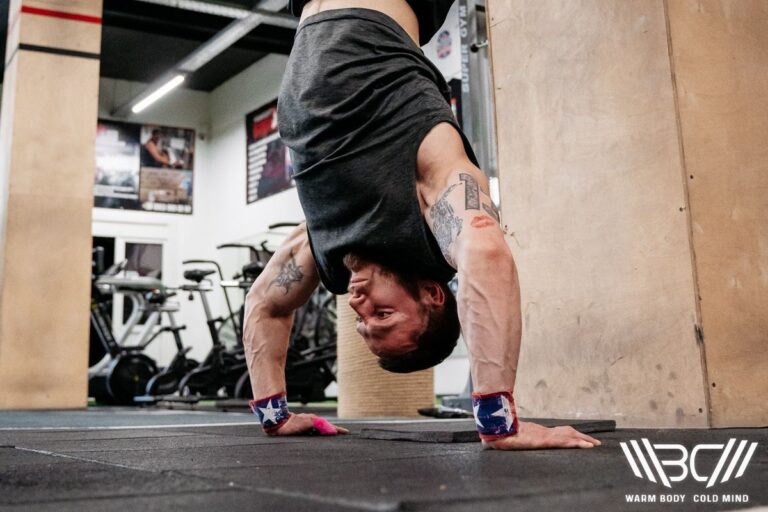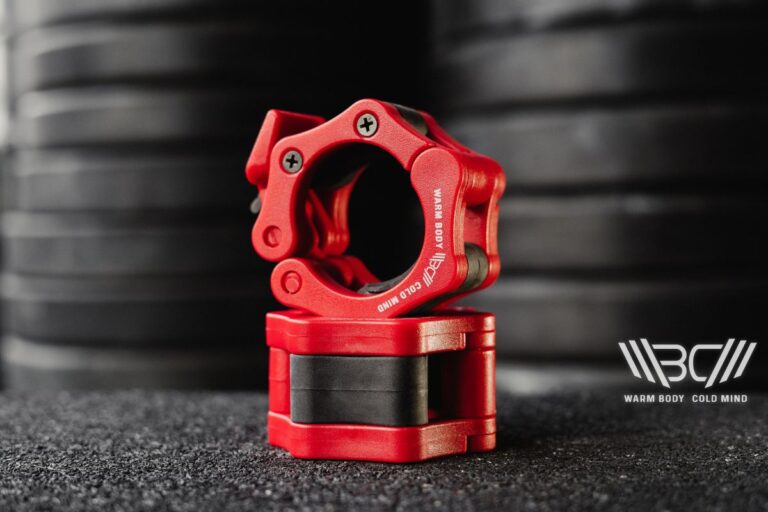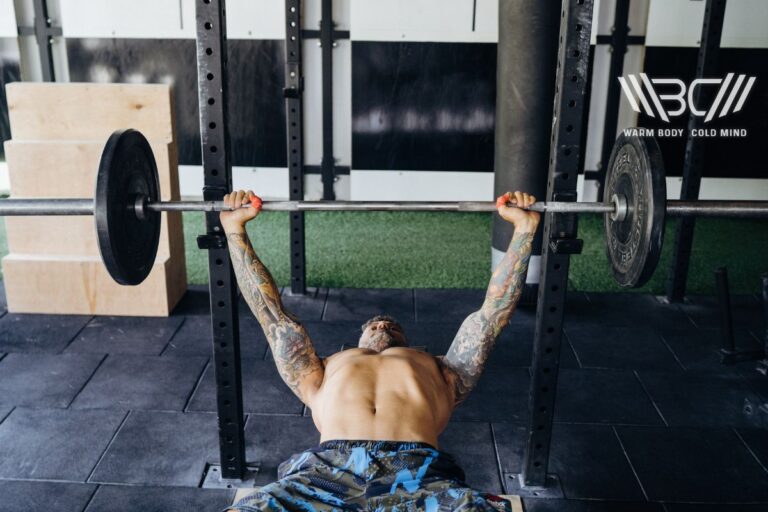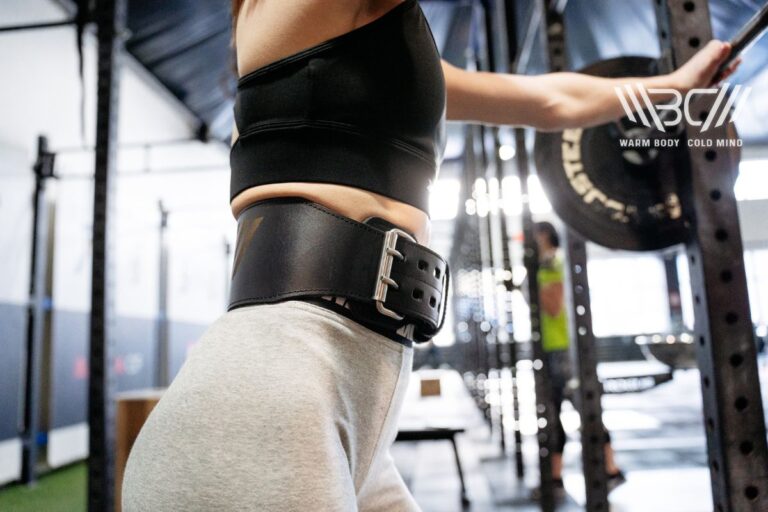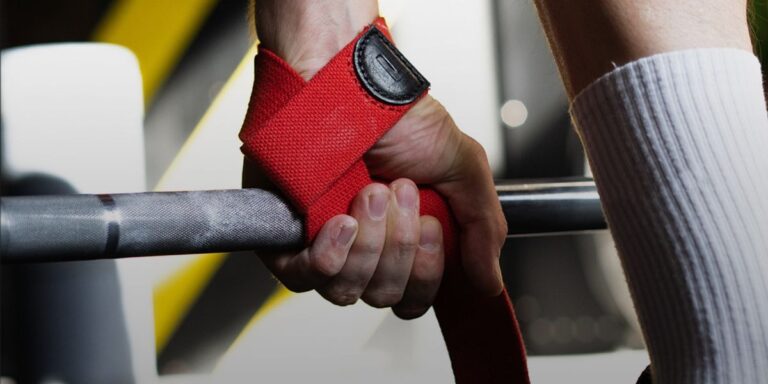How Much Does a Squat Bar Weigh? (5 Types Explained)
Reviewed by Jacek Szymanowski
How much does a squat bar weigh? You might be wondering why anyone would care or bother with checking. You’re more concerned with breaking PRs and that makes sense, but knowing the exact weight of the bar will make your life easier and your workout more efficient. Why is that?
Well, it’s simple; the weight of the bar sets the stage for your entire lifting experience. It determines the resistance you’re working with, and if you know how much the bar weighs, it will allow you to use the same weights in different gyms.
Imagine trying to squat with a bar that’s too light. Your muscles won’t get the challenge they need to progress, but if the bar is too heavy, you might end up getting injured or, at the very least, the weight will mess your form up. You want the Goldilocks weight – not too light, not too heavy, but just right.
Easier said than done, right? It doesn’t have to be, so keep reading because we have all the information on how heavy is a squat bar!
How much does a squat bar weigh? – A standard squat bar usually weighs around 20 kilograms (44 pounds) for men and 15 kilograms (33 pounds for women). However, the weight can vary depending on the type of the bar and its intended use.
Why Should You Know How Much a Barbell Weighs?
If you’re serious about weightlifting, you should always be familiar with the weight of the bar you’re using. If you know the weight of squat bar, you can plan your workout effectively because you know your starting point.
Whether you’re focusing on strength or endurance, when you choose the appropriate weight, you have a good foundation for achieving your goals. Think about planning a session and you end up finding out the bar is too light or too heavy – it will completely throw you off.
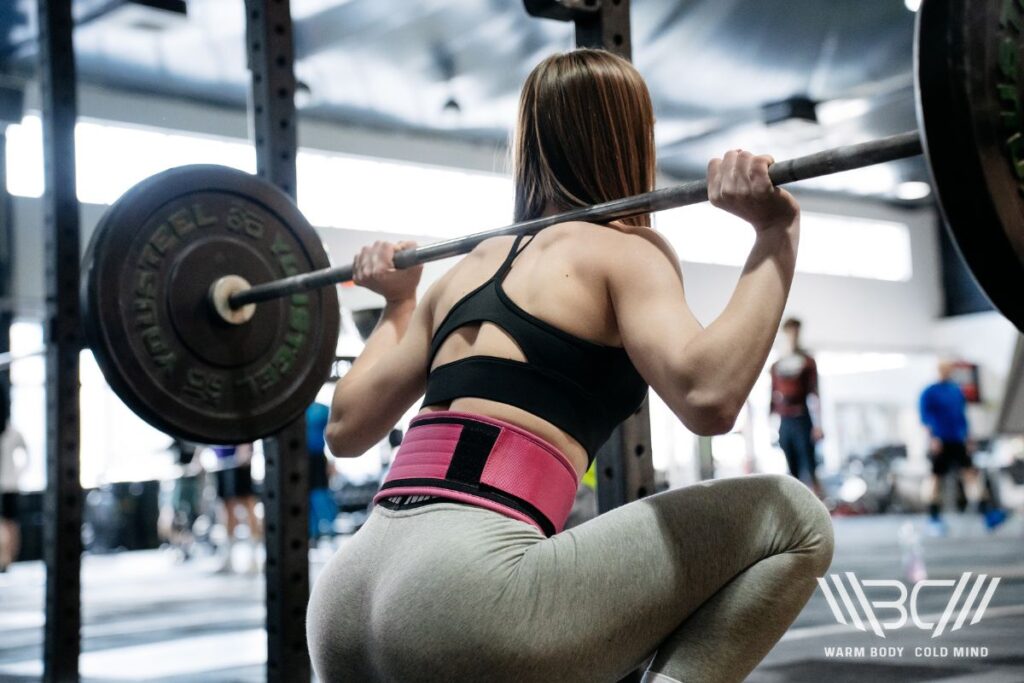
Another factor is tracking progress accurately. When you’re consistently lifting the same weight, you can measure improvements in strength and muscle growth. It’s kind of like having a yardstick to measure your gains.
There’s also safety, which should always be your priority. If you don’t know the weight and the bar ends up being too heavy, you won’t be able to maintain good form and you risk getting hurt because form is what keeps you safe. You’ll crumble under pressure and strain your back and knees, and that’s not a pretty sight.

Enhance your strength training with Warm Body Cold Mind leather weightlifting belt providing exceptional support and durability.
If you plan on using accessories, you can’t choose them properly if you don’t know exactly what weight you’re working with. If you’re lifting a heavier load, a leather lifting belt will come in handy because it will give you the right amount of support and help with your form.
If the belt is made from grade-A genuine leather, you’ll be able to count on it for a long time. But if the weight you’re lifting isn’t that substantial, the belt can just distract you. So, you see, the weight influences everything.
Subscribe!
Get useful tips, expert insights, and in-depth analysis of training programs & nutrition plans to get the most out of your performance.
Squat Bar Weight – What Are the Numbers?
Now you know just how important it is to know how many pounds is a squat bar. Whether you’re loading up plates for a heavy set or focusing on technique with lighter weights, you need some numbers so let’s see what they are.
1. Olympic Barbells – Most Common Barbells for Squats
These are the most common barbells and, unless you’ve worked with some specialty bars, you’ve probably been using these. For men, an Olympic barbell weighs 20 kilograms (44 pounds), and for women, it weighs 15 kilograms (33 pounds). Men and women differ in strength, so this difference makes perfect sense.
This is the standard choice for squatting in most gyms and it’s designed to withstand really heavy loads. It’s stable, durable, and distributes the weight in a balanced manner, which is key for stability.
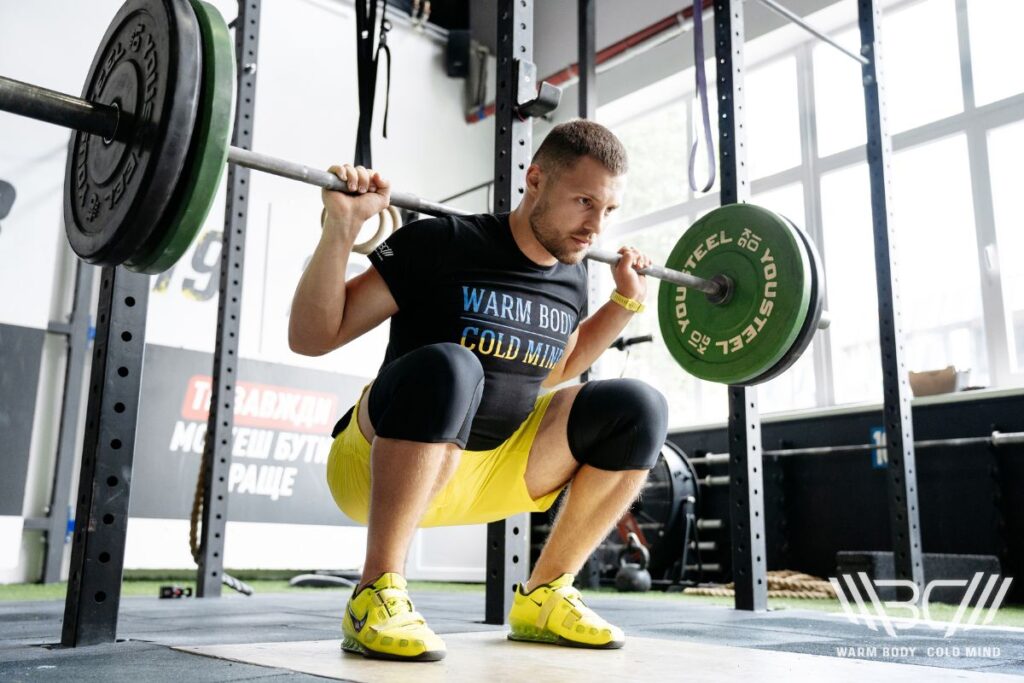
2. Unique Barbells
Traditional barbells may be the most common option for squatting, but they’re not the only one. Specialized barbells have unique designs and features, and they can cater to specific needs and preferences.
- Safety Squat Bar
Usually called the SSB, this bar has padded shoulder pads and handles in front, so it makes it easier to maintain proper form during squats. It redistributes the weight slightly differently compared to traditional barbells and places less stress on your shoulders and wrists.
It weighs approximately 25 kilograms (55 pounds) and its dimensions are much like the ones for standard Olympic barbells. This is a safe, effective option for squatting, especially if you’re struggling with discomfort in your wrists.
- Camber Bar
The camber bar is also called the buffalo bar, and it has a unique curved design that allows for a more comfortable position during squats. It weighs approximately 25 kilograms (55 pounds) and the diameter is similar to that of the standard Olympic barbells. It’s extremely useful for people with shoulder or wrist mobility issues, but it might tire you out more.
Still, if you want an ergonomic, versatile option for squats, the camber bar is the way to go.
- Trap Bar
You may have also heard it being called the hex bar, the trap bar usually weighs 20-30 kilograms (44-66 pounds), depending on the design. The same goes for length, it varies by design, and it’s typically thicker than standard Olympic bars.
The trap bar is often used for squat variations like hex bar squats or deadlifts. Its unique shape allows for a more natural grip, it can help you generate more power during lifts, and it can reduce the stress on the lower back.
- Technique Bar
Technique bar is a fantastic choice for beginners or people with mobility issues and they’re meant to help you learn the proper lifting technique. As far as the weight goes – it varies, but it’s lighter than your standard Olympic bar. The length varies, too, and the diameter is thinner than the one you’ll find on Olympic barbells. It’s versatile, accessible, and good for different lifting techniques.
If you want to refine your squatting form and you’re dealing with mobility issues, a nylon lifting belt can be a great help. It’s high-quality, supportive, durable, and surprisingly comfortable. Just make sure you get the correct size so that it fits you perfectly.

Discover the strength of the Warm Body Cold Mind nylon lifting belt. Lightweight and durable, it provides optimal support for your workouts.
3. How to Check How Much the Barbell Weighs?
There are several ways to find out how heavy is the squat bar. First, look for the markings. A lot of barbells have different weight markings engraved or painted on the ends.

Pro Tip:
You can also use a scale if the barbell isn’t labeled or if you’re unsure. Just place it on a scale, weigh it and there you have it. Lastly, you can check the manufacturer’s specs. If there’s nothing on the bar’s packaging, go to their website, search for your bar and you should see a detailed list of specifications, including the weight.
Of course, there’s always the option of contacting the manufacturer directly and getting the information that way.

Pro Tip:
FAQ
Is a Squat Bar Heavier Than a Bench Bar?
Unless you’re training with a specific bar, you’ll most likely have a 20 kg (44 pounds barbell in most gyms, and for most gyms, you’ll use the same barbell for presses and squats. Of course, you can find heavier barbells than that, but if we’re talking in general terms, you’ll probably be working with a 20 kg bar.
Are There 25 kg Bars?
There are, and they’re typically used in gyms and for personal training. These bars are heavier than standard Olympic bars and they’re used for specific training needs, like improving strength training routines because of the added challenge that they provide. Sometimes they’re thicker and stronger, so you can use them for super heavy lifts, and usually, SSB and trap bars are at least 25 (55 lbs) kilograms.
Conclusion
A lot of squat bar weight talk, right? A lot of numbers, comparisons… But it’s really important that everyone understands you need to check the weight you’re working with so you know exactly what to expect and what you’ll get out of your training. Exercising with heavy weights is the absolute worst time for surprises, don’t you agree?
If you can’t find the weight on the actual bar, do some digging – weigh it yourself, send an e-mail to the manufacturer, just don’t start using it until you’ve figured out what the weight is.
So, what’s your go-to bar? Any memorable experiences with specialized bars? Do you have any accessories you like to use during lifting?
Share your tips in the comments and if you don’t have any, feel free to ask a question!
References:
- Adam Zajac, Michal Krzysztofik, Michal Wilk, Piotr Żmijewski “Can the Cambered Bar Enhance Acute Performance in the Bench Press Exercise?” Frontiers in Physiology 11 (2020).
- Arthur Stewart, Ioannis Agouris, Justin WL Keogh, Paul A. Swinton, Ray Lloyd “A Biomechanical Analysis of Straight and Hexagonal Barbell Deadlifts Using Submaximal Loads,” Journal of Strength and Conditioning Research 25, no. 7 (2011): 2000-2009.
- Giuseppe Grillone, Matteo Cortesi, Rocco Di Michele, Sandro Bartolomei “A Comparison between Male and Female Athletes in Relative Strength and Power Performances,” Journal of Functional Morphology and Kinesiology 6, no. 1 (2021): 17.
- Health Promotion Board (HPB) “Prevent Injuries with Proper Form During Workouts,” Singapore University Health Center, https://www.nus.edu.sg/uhc/articles/details/prevent-injuries-with-proper-form-during-workouts (accessed April 12th, 2024).
- Phil Sabatini “Could Weight Distribution Be the Reason You’re Missing Olympic Lifts?” Barbend https://barbend.com/weight-distribution-lifting/ (accessed April 19th, 2024).
- All photos are made by WBCM Media team.
Author: Sergii Putsov
PhD in Sport Science, Olympic weightlifting, Strength & Conditioning coach and fitness expert
Sergii Putsov is a professional weightlifter with over 20 years of experience and multiple national medals. He was a member of the National weightlifting team, competing in the 94 kg weight class. Sergii holds a master’s degree in Olympic & Professional Sport Training and a Ph.D. in Sport Science. After his athletic career, Sergii transitioned into coaching and is now responsible for designing training programs, writing blog articles, providing live commentary for international weightlifting competitions, and hosting sport and fitness seminars worldwide.
Reviewed by: Jacek Szymanowski
Performance architect, S&C movement specialist.
Jacek Szymanowski is a highly respected sports nutrition expert with a Master’s degree in Biotechnology. His innovative approach combines lifting and fighting strategies to help athletes optimize their performance. As a Strength and Conditioning Movement Specialist, he is dedicated to reducing injuries in athletes. His specialist training in Nutrition for Athletes equips him to provide expert advice on dietary habits and nutrition for peak performance.

